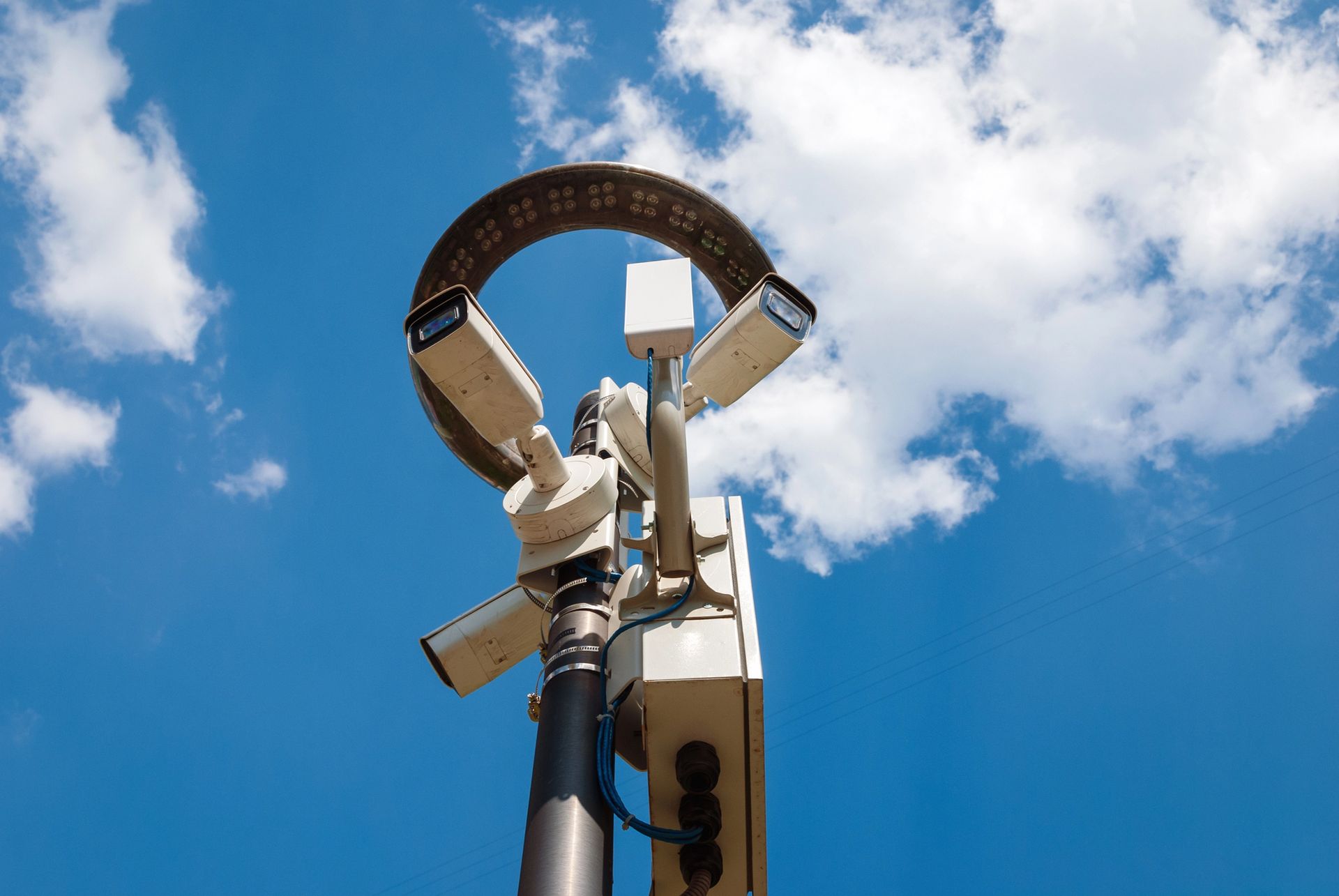Compliance and Best Practices: Security System Requirements for Alberta Businesses
In Alberta, security systems aren’t automatically required by law for every business, but ignoring best practices can leave your company exposed to legal liabilities. From retail shops in Calgary to warehouses in Edmonton, failing to implement proper security measures or comply with privacy and safety standards can create financial risk, insurance complications, and operational headaches.
Keep reading to learn about Alberta’s security compliance landscape and get guidance on designing systems that exceed standards and strengthen your business security.

Alberta Regulatory Landscape
Alberta's regulatory framework for commercial security systems is multifaceted. Here's a breakdown of key areas:
Provincial Legislation
While theAlberta Safety Codes Act establishes a legislative framework for the development and enforcement of safety codes in various disciplines, it does not specifically govern the installation and maintenance of security systems. Instead, businesses in Alberta must look to other regulations and standards to ensure their security systems comply with applicable laws and best practices.
For instance, the National Fire Code – 2023 Alberta Edition (NFC(AE)) outlines requirements for fire protection and life safety systems, which may include aspects related to security systems in specific contexts.
Privacy and Data Protection
Under the Personal Information Protection Act (PIPA), businesses must safeguard personal data collected through surveillance and access control systems. PIPA controls the collection, use, and disclosure of personal information by Alberta's private sector organizations.
Organizations subject to PIPA must develop and follow policies that are reasonable to meet their obligations under the act.
Insurance and Liability
Insurance companies often expect businesses to follow recognized security standards to reduce risk. While these rules aren’t laws, meeting them can lower premiums and improve coverage. Companies should consult with their insurance providers to understand the specific requirements and potential benefits of compliance.
Alberta Compliance Standards
Consider these standards and guidelines to design a system aligned with best practices:
Canadian Standards Association (CSA/CAN‑ULC)
CSA and ULC certifications provide recognized benchmarks for security system installation and performance. Choosing certified components helps meet industry expectations and insurance requirements.
Fire Code Integration
Where security and fire systems intersect, integration can ensure compliance with fire safety requirements and improve emergency response capabilities.
Electrical Code and Cabling
Proper wiring, grounding, and installation practices are required under the Alberta Electrical Code. Following these rules reduces hazards and ensures systems operate reliably.
Documentation and Record‑Keeping
Maintain detailed records of system installation, inspections, maintenance, and software updates. Documentation supports compliance audits and strengthens risk management.
Core Security System Components
To meet best practices in Alberta and maximize protection, a commercial security system typically includes:
Intrusion Detection
Motion sensors, door and window contacts, and glass-break detectors can alert you to unauthorized access. When integrated with alarms or monitoring, these tools help deter theft and reduce response times.
Access Control
From keycards and PIN codes to biometric authentication, access control limits who can enter your facility and when. Properly implemented systems also generate logs for auditing purposes, supporting compliance and risk management.
Video Surveillance (CCTV)
Strategically placed security cameras monitor activities across your premises. Recorded footage is highly beneficial for incident resolution, employee safety, and demonstrating compliance with privacy obligations under PIPA.
Alarm Monitoring and Response
Connecting your system to a central monitoring station delivers rapid response to emergencies, from break-ins tofire events. Reliable monitoring reduces potential losses and enhances workplace safety.
Best Practices for Security System Design
You have to think strategically when building a security system that works as hard as you do:
- Risk assessment‑driven layout: Evaluate vulnerabilities across your premises and prioritize protection for high-risk areas. The layout should reflect your operational needs.
- Layered security approach: Combine physical barriers, intrusion detection, access control, and video surveillance to create multiple defence layers. Redundancy improves resilience against internal and external threats.
- Redundancy and fail‑safe measures: Include backup power supplies, redundant communications, and fail-safe mechanisms to ensure systems remain functional during power outages or network failures.
- Cybersecurity for IP‑based systems: Modern systems often use IP networks. Protect them with firewalls, encryption, strong passwords, and regular updates to prevent cyber intrusions that could compromise your data or operations.
Leave Nothing to Chance: Protect Your People, Property, and Profits with Expert Systems
Security in Alberta includes protecting your business, staff, and reputation while meeting best practice standards. Properly designed and documented systems reduce liability, support insurance coverage, and ensure peace of mind.
Need help designing a compliant, effective
business security system? Contact OS Systems today for expert guidance and solutions that protect and empower your operations.







